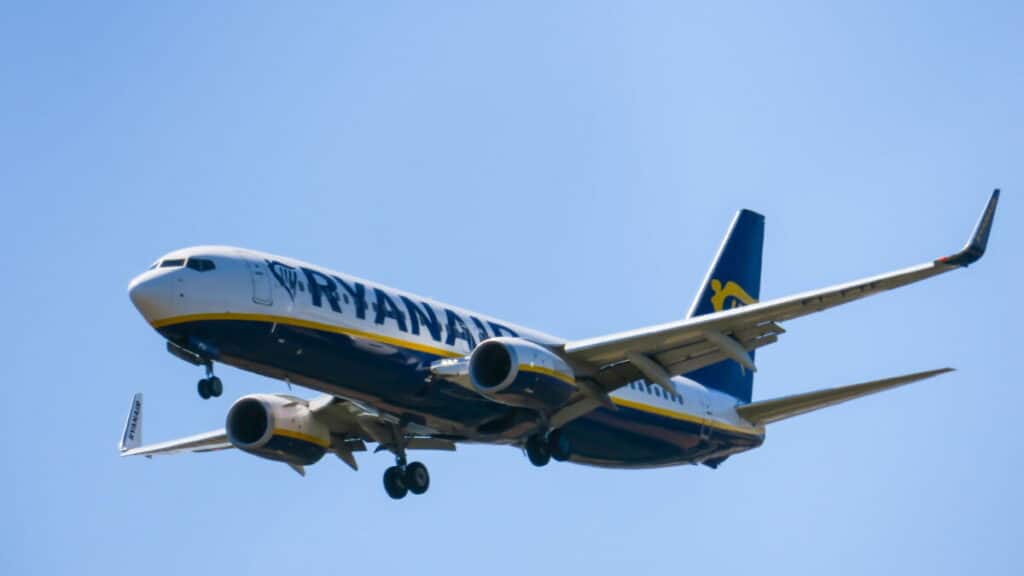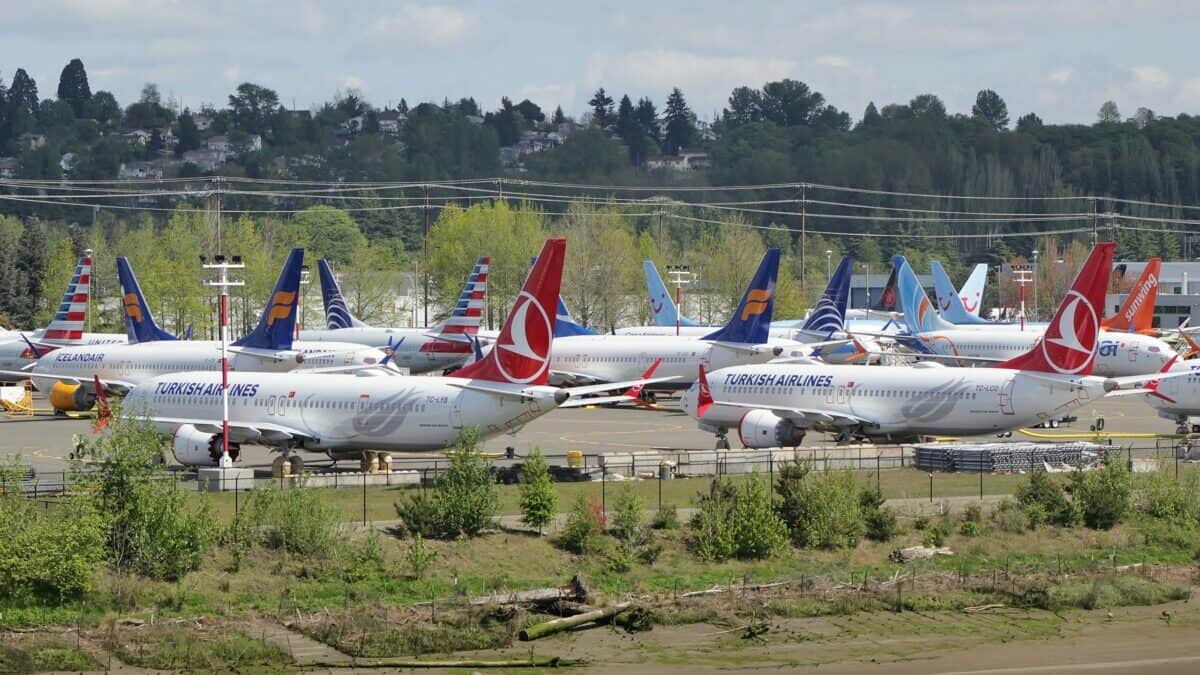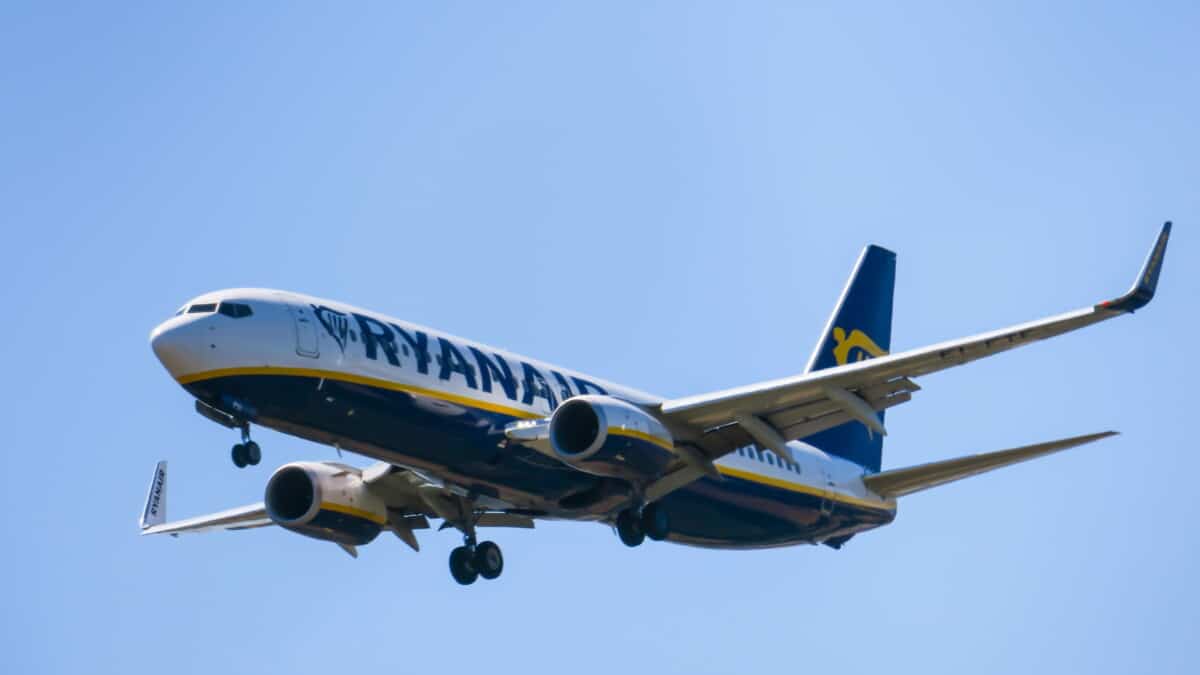
The Boeing 737 Max tragedies sparked an enormous amount of litigation. From criminal prosecutions and individual civil claims to class action lawsuits and shareholder proceedings, the legal fallout resulting from the 737 Max disasters has been colossal.
After talking with a former aviation lawyer, I was really interested to find out what happened with all the following legal proceedings and this is what I found. Below, I’ll outline what you need to know about the various Boeing 737 Max lawsuits that have emerged. Some have settled – and some are ongoing.
What Happened with the Boeing 737 Max?
The Boeing 737 Max is the fourth generation of Boeing 737 aircraft, manufactured by U.S. aircraft manufacturer Boeing. It was designed to compete with the Airbus A320neo series and was certified by the Federal Aviation Administration (FAA) in March 2017.
However, the 737 Max quickly became associated with tragedy. In October 2018, Lion Air Flight 610 (a 737 Max 8) crashed into the Java Sea only 13 minutes after taking off from Jakarta, Indonesia, killing all 189 people onboard. Less than 6 months later in March 2019, Ethiopian Airlines Flight 302 (another 737 Max 8) crashed six minutes after taking off from Addis Ababa, Ethiopia, killing all 157 people onboard.

Over 50 aviation authorities across the world grounded the aircraft and, by 18 March 2019, all 387 planes were taken out of the air amid concerns the aircraft had a fatal flaw in its design.
What Caused the Boeing 737 Max Crashes?
Investigations revealed that the fundamental problem with the 737 Max series was a failure in the Manoeuvring Characteristics Augmentation System (MCAS), which was a major contributor to both crashes.
The MCAS was originally designed as a stabilizing system for the aircraft. It would detect when the plane entered into a steep climb and then automatically ’tilt’ the aircraft nose back down to its regular angle of attack (AoA) to prevent the airplane from stalling.
The system was installed because the 737 Max relied on a new engine known as the LEAP-1Bs, which were much heavier than previously used engines. They were placed higher up on the aircraft wings so that they didn’t sit too close to the ground, resulting in the aircraft to ‘Pitch Nose Up’ when entering into a steep climb. MCAS was supposed to be the stabilizing solution to that issue.
However, the MCAS didn’t work the way it was supposed to – and under certain conditions uncontrollably dropped the nose of the aircraft and sent it into a dive.
In a surprising twist of events, it was later revealed that, before the Lion Air crash, information about MCAS was removed from the aircraft’s flight manual – meaning pilots didn’t know about it until the first fatal crash.

Join My Newsletter & Get Great Tips, Information and Experiences To Help You Become a Superb Pilot!
What Lawsuits Followed the Boeing 737 Max Accidents?
Litigation resulting from the 737 Max tragedy was both civil and criminal, with proceedings commenced by prosecutors, families of the victims, shareholders, and other companies who had a stake in the aircraft.
Victims’ Families’ Civil Proceedings
There were at least 100 lawsuits filed against Boeing by the families of those who lost their lives in the Lion Air and Ethiopian Airlines disasters. These claims, broadly, alleged that the aircraft was unsafe and that Boeing was liable for damages.
The majority of these claims have now reached a settlement – most, if not all, have confidential settlements. The first was reached in September 2019, when Boeing reportedly agreed to pay $1.2 million each to 11 families of victims of the Lion Air disaster. By July 2020, Boeing settled most of its Lion Air wrongful death lawsuits.
For some, despite the settlement, the heartache did not stop. One lawyer who represented a number of these families allegedly embezzled a large sum of the settlement for himself, leaving each of the families still owed around $500,000. Another law firm, completely unconnected to the proceedings, stepped in and paid these families their owed settlement, deciding to go after the rogue lawyer for themselves.
The final substantial ‘batch’ of civil lawsuits against Boeing (which were brought by families of the Ethiopian Airlines victims) reached an agreement in November 2021. The plane manufacturer admitted liability for compensatory damages but avoided liability for punitive damages (that is, damages awarded as punishment, rather than as compensation).
The result was that families could sue Boeing for compensatory damages only – a significant outcome for Boeing that could considerably reduce a payout.
At the time of writing, a number of lawsuits are ongoing.
Learn More…
Try These Articles:
* Do All Pilots Need a College Degree? It Depends!
* Do Flight Schools Drug Test Students & Instructors?
Pilot Class Action
Boeing was also sued by over 400 pilots in a class action, who alleged that the 737 Max disasters were an “unprecedented cover-up”. This soon grew to 3,000 pilots from 12 international airlines. The pilots are reportedly seeking “as much as $368 million” in lost income and damages as a result of the 737 Max grounding.
Criminal Charges
After the two crashes, Boeing admitted to deceiving the FAA about the MCAS. This deception resulted in the FAA not publishing information about MCAS, meaning manuals and pilot materials for U.S.-based airlines simply did not have sufficient information about the system that would then contribute to two fatal crashes.
Boeing was charged with one count of conspiracy to defraud the United States. Documents had revealed that the 737 Max’s Chief Technical Pilot, Mark Forkner, told another pilot that MCAS was running “rampant” in a simulator. However, Mr Forkner had also told FAA officials that MCAS was safe. Another document even showed a Boeing employee saying that the 737 Max “is designed by clowns, who in turn are supervised by monkeys”.
Mr Forkner found himself in criminal trouble – charged with four counts of wire fraud for misleading the federal regulator. However, in March 2022, Mr Forkner was found not guilty. He was the only Boeing employee charged with a criminal offense over the 737 Max saga.
Agreement with the U.S. Department of Justice
In January 2021, Boeing entered into a deferred prosecution agreement (DPA) with the U.S. Department of Justice (DoJ). As part of the agreement, the manufacturer agreed to pay a total of $2.5 billion, consisting of:
- a criminal penalty of $243.6 million;
- compensation payouts to airline customers in the amount of $1.77 billion; and
- a $500 million fund to compensate relatives, heirs, and beneficiaries of the passengers who lost their lives on the Lion Air and Ethiopian Airlines flights.
The settlement allows Boeing to avoid criminal prosecution – and was described as a “form of corporate plea bargain”. The full DPA is available for viewing online here.
As part of the $500 million fund, each eligible family is to receive approximately $1.45 million, with money being paid on a rolling basis when claims are submitted and resolved.
Family members of the victims filed a motion in a U.S. court in December 2021 arguing that the U.S. Government “violated their rights through a secret process”, asking that the judge declare that the DPA violated their rights.
In early 2022, the U.S. Government opposed the motion but apologized for not meeting with the victims’ beneficiaries. At the time of writing, this aspect of the Boeing 737 Max litigation is ongoing.
Shareholder Lawsuit Against Boeing
Boeing shareholders commenced proceedings against the global aircraft manufacturer after the two fatal incidents.
Two shareholders, public pension funds Thomas P. DiNapoli (New York State Comptroller, as trustee of the New York State Common Retirement Fund) and the Fire and Police Pension Association of Colorado filed a derivative lawsuit against Boeing’s current and former directors.
They alleged that Boeing’s directors breached their fiduciary duties by “dismantling Boeing’s lauded safety-engineering corporate culture in favor of what became a financial-engineering corporate culture.” The two organizations, lead plaintiffs in their lawsuit, alleged Boeing’s directors failed to monitor safety so poorly, that it wasn’t even a topic in board meetings.
In November 2021, Boeing’s board of directors agreed to settle the claim for $237.5 million.
In a separate 2019 derivative shareholder class action filed in Illinois, the Seafarers Pension Plan alleged that Boeing board members and officers made false and misleading statements to the public about the 737 Max in proxy materials.
This lawsuit was originally dismissed, with a court finding that Boeing’s bylaws meant the company had a right to insist the claim be filed in Delaware. However, it was later revived in January 2022 when a U.S. appeals court decided it could go ahead.
Other Notable Lawsuits
This article does not attempt to outline every single claim brought against Boeing (nor is it able to). For example, there have also been commercial claims brought by other companies who had signed contracts to purchase the 737 Max.
However, it should be noted that claims weren’t just brought against Boeing and its directors. Proceedings were brought against other parties too, including the FAA, Spirit AeroSystems (who manufacture aerostructures for Boeing), and even Southwest Airlines.
Learn More…
Try These Articles:
* Why Do Some Aircraft Fly With Two Pilots & Not One?
* MAYDAY: Why Do Pilots Say Mayday?


